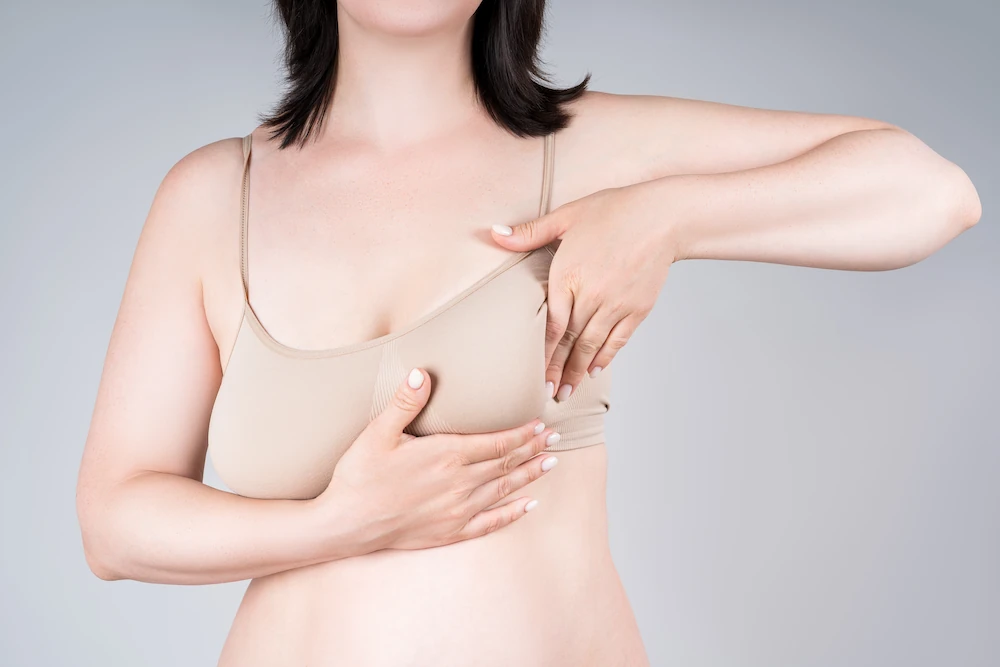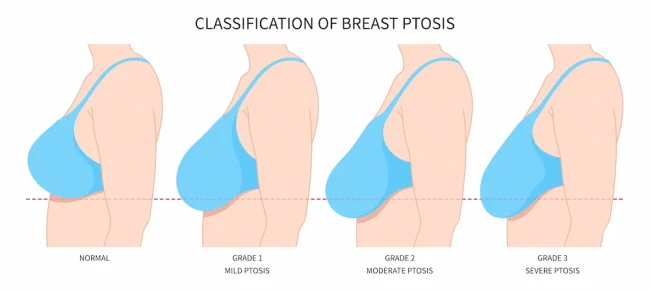
Breast shape and position can change over time due to factors like aging, weight fluctuations, pregnancy, and breastfeeding. These changes may lead to sagging, asymmetry, or a loss of volume, which can affect both appearance and confidence. A breast lift, also known as mastopexy, is a surgical procedure designed to elevate and reshape the breasts, restoring a youthful and lifted look. If you’ve been wondering whether a breast lift might be right for you, understanding the signs can help you take the next step.
Signs It May Be Time for a Breast Lift
Several physical and emotional factors can signal it’s time to consider a breast lift. Common indicators include:
- Downward-facing nipples or nipples that sit below the breast crease when unsupported.
- Breast asymmetry, where one breast droops significantly more than the other.
- Loose skin or stretch marks, often the result of weight loss, pregnancy, or aging.
- Dissatisfaction with appearance, whether it’s discomfort in clothing or self-consciousness about how your breasts look.
If any of these signs resonate, a breast lift might provide the enhancement you’re seeking.
What Changes Can a Breast Lift Achieve?
A breast lift focuses on improving the aesthetics of the breasts, delivering visible and transformative results:
- Elevating sagging breasts to create a firmer, more youthful contour.
- Repositioning nipples and areolas to a forward-facing, symmetrical position.
- Tightening excess skin for a smoother and more refined appearance.
- Balancing asymmetrical breasts for a more harmonious silhouette.
For women looking to restore volume or enhance fullness, a breast lift can also be combined with breast implants. This combination procedure allows patients to achieve both lift and added size, catering to their specific aesthetic goals.
Understanding Degrees of Breast Drooping (Ptosis)
Not all sagging is the same, and plastic surgeons classify breast drooping (or ptosis) into categories to determine the most appropriate approach.

- Mild Sagging (Pseudoptosis): Breast tissue sits below the crease, but the nipple remains positioned above it.
- Grade I Sagging: The nipple and breast tissue sit just below the crease, indicating minor drooping.
- Grade II Sagging: Moderate sagging with both the nipple and tissue clearly below the crease.
- Grade III Sagging: Significant sagging where the nipple rests at the lowest point of the breast, often pointing downward.
These classifications help surgeons tailor the procedure to each patient’s unique needs, ensuring the best possible results.
Who Typically Gets a Breast Lift?
While every woman’s situation is unique, there are several common reasons for seeking a breast lift:
- After pregnancy and breastfeeding: Many women experience sagging or volume loss after childbirth and nursing.
- Following significant weight loss: Weight fluctuations can lead to loose, excess skin on the breasts.
- Aging and natural changes: Over time, gravity and a decrease in skin elasticity can cause the breasts to droop.
- Desire for aesthetic enhancement: Some women pursue a breast lift to improve confidence and feel more comfortable in their own skin.
A New Look, A New Confidence
Recognizing the signs of breast sagging and understanding your options is the first step toward achieving your aesthetic goals. A breast lift offers more than just a cosmetic improvement—it can restore a sense of confidence and self-assurance. Whether you’re considering a breast lift alone or combining it with implants for added volume, consulting with a board-certified plastic surgeon will help you explore the possibilities and create a treatment plan tailored to your needs.